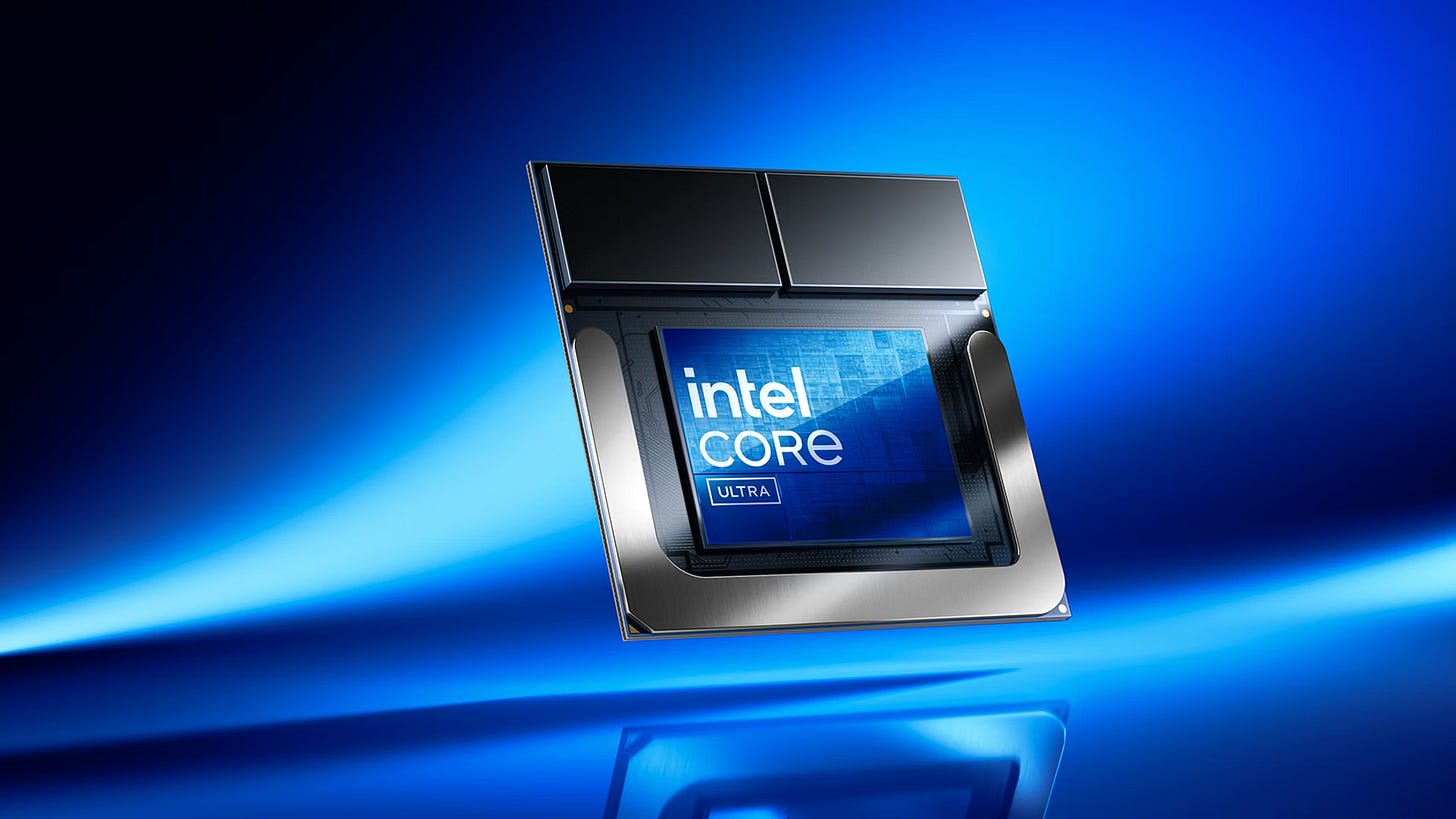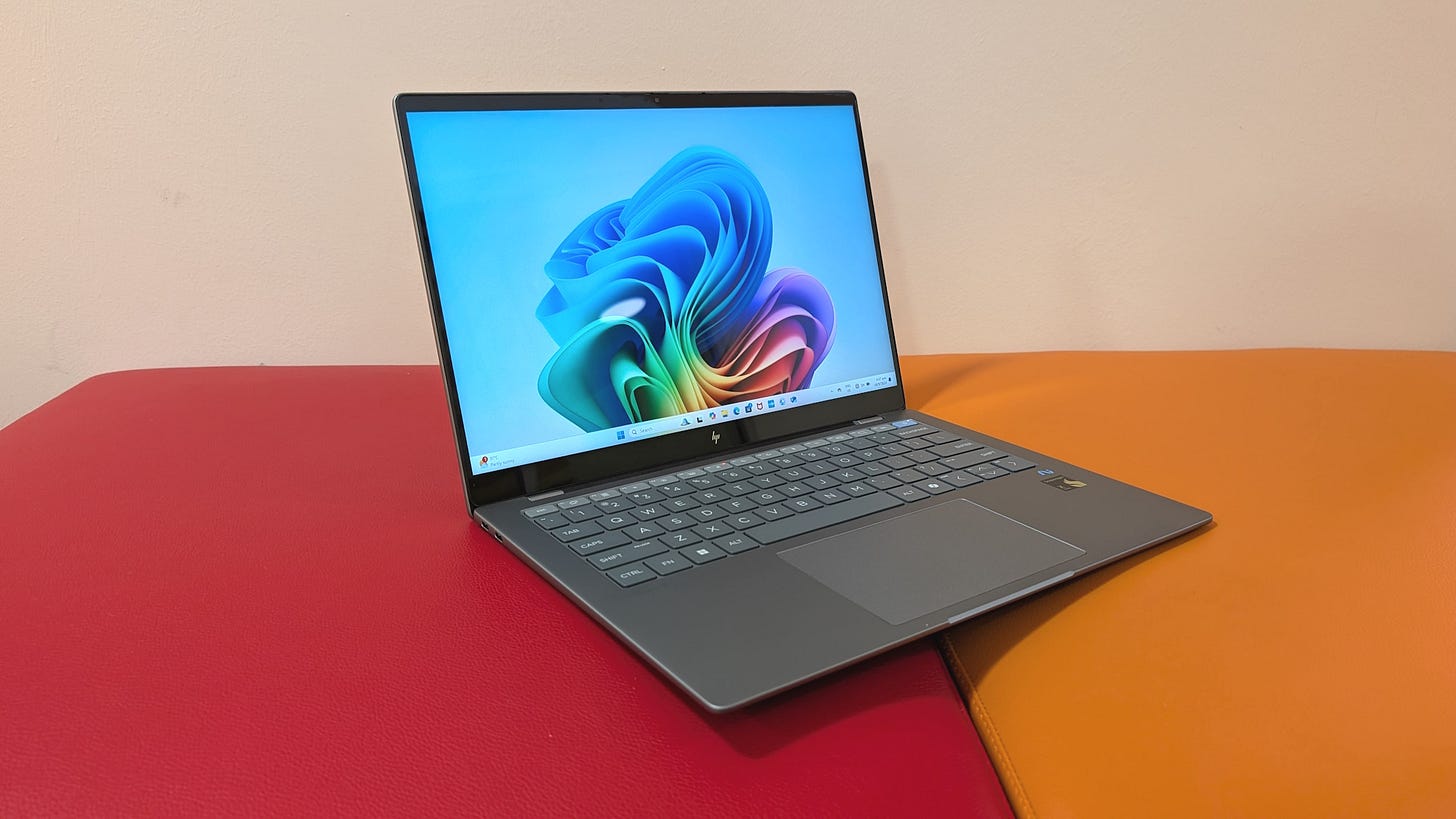
The biggest news this week: Qualcomm eyeing a potential takeover of Intel. This would have been unthinkable even a few years ago. Intel was once the world’s most valuable chipmaker. Even now, it still churns out the majority (over 70%) of the processors that power PCs all over the world. Surely, it’s too big to fail.
But the chipmaker has been playing catchup in the foundry business, and faces stiff competition in its core x86 business from a resurgent AMD. Intel’s comeback plan was to invest in new foundries, subsidised by the US government, that would help it close the gap with TSMC, which makes the processors for big tech firms like Apple, AMD, and Nvidia.
Semiconductor factories, though, are expensive to build and operate. Intel’s most advanced foundry is only expected to start production next year. Meanwhile, the chipmaker was hit by an instability bug afflicting its desktop processors, while its earning reports have continued to underwhelm. Its computer chips are also facing new competition with the recent wave of laptops using ARM-based Qualcomm chips. Unsurprisingly, Intel’s shares are among the worst performers on Dow Jones this year.
Time is not on Intel’s side. And the vultures are circling. Qualcomm isn’t the only potential suitor — there’s also interest from asset firm Apollo Global Management. The Qualcomm deal will certainly face plenty of opposition due to antitrust concerns. Qualcomm reportedly has only US$13 billion in cash, which would also complicate any deal. Its market cap (US$188 billion) isn’t significantly more than Intel’s (US$122 billion).
So the Qualcomm-Intel merger probably won’t happen. However, it does put the spotlight back on Intel’s recent woes, which can be attributed to its missteps over the years, like missing the AI craze, and falling behind in the chip manufacturing business. But it’s not all gloom and doom for Intel. It did manage a small win with a deal to make chips for Amazon’s cloud business. Coupled with the fact that the US government needs Intel in good shape for strategic reasons, the chip pioneer may eventually find a way out.
This week, we tested Apple’s latest AirPods 4, which now has an ANC version that’s surprisingly good. We also reviewed the HP OmniBook X, which is a great fit for office workers, and tried out DJI’s latest Osmo action camera.
If your ears can’t use in-ear wireless earbuds without discomfort, the new Apple AirPods 4 with ANC offer surprisingly good noise cancellation despite its open-ear design. Apple also says it has improved the fit, and there are also other advanced features such as head tracking and conversation detection.
The HP OmniBook X is built for the office worker who wants all-day battery life and a great typing experience in a slim notebook. It’s also a Copilot+ PC with several AI-powered features, including HP’s own AI chatbot and companion. But I found the preloaded Poly Camera Pro app, which can make you look your best in video calls, to be the more useful tool.
DJI’s latest Osmo Action 5 Pro adds several new features, including larger dual OLED displays, a new next-gen camera sensor, and a subject centering and tracking feature. The battery life has also been improved (50% more than the previous model) that make it an even better action camera to consider for your next adventure.






